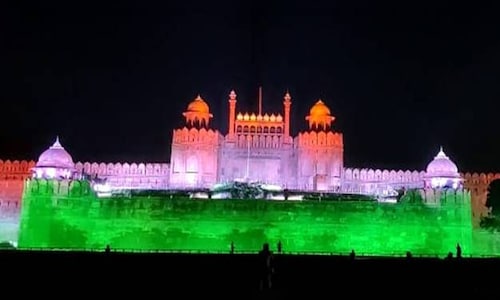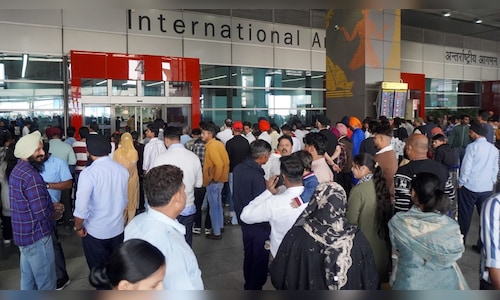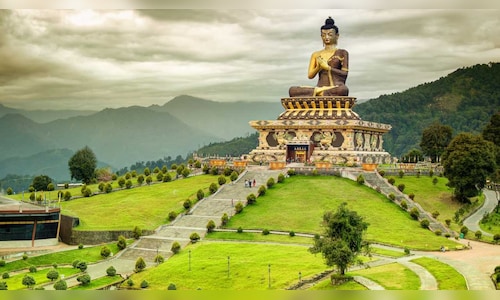As India prepares to celebrate its 79th Independence Day on August 15, 2025, several UNESCO-listed forts across the country stand as powerful reminders of the nation’s hard-won freedom. From the iconic Red Fort in Delhi to the mighty Maratha hill forts of Maharashtra, these heritage sites echo stories of resistance, courage, and sacrifice. Visiting them on this day is a tribute to the leaders and countless others who made the historic day of independence possible.

 1 / 7
1 / 71. Red Fort, Delhi | The Red Fort is the focal point of India’s Independence Day celebrations, where the Prime Minister hoists the national flag and delivers the annual address. Historically, it was the seat of the last Mughal emperor, Bahadur Shah Zafar, and played a central role during the 1857 uprising. Its capture by the British marked a turning point in colonial consolidation, making it one of the most significant sites in the freedom narrative. (Image: Shutterstock)
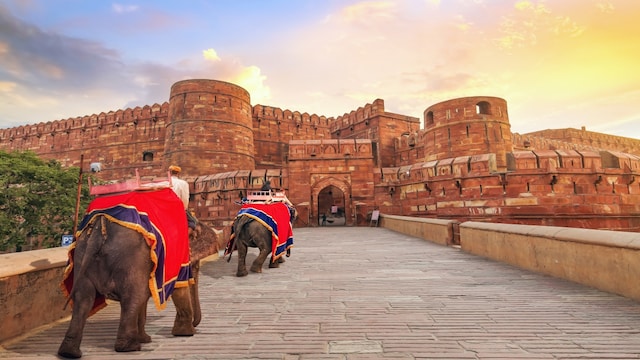
 2 / 7
2 / 72. Agra Fort, Uttar Pradesh | Once a grand Mughal citadel, Agra Fort became a strategic British stronghold during the Revolt of 1857. It sheltered colonial troops under siege and served as a detention site for political prisoners. Walking through its vast courtyards offers a glimpse into the power struggles that eventually paved the way for independence. (Image: Shutterstock)
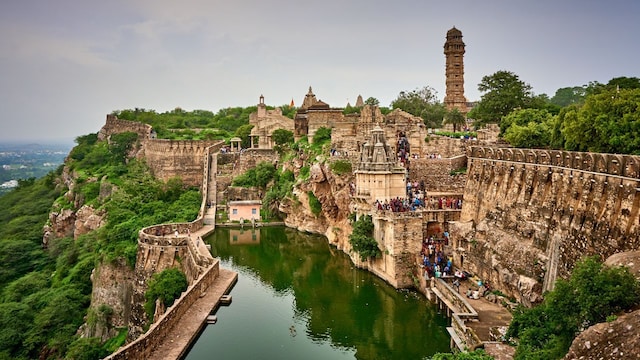
 3 / 7
3 / 73. Chittorgarh Fort, Rajasthan (Hill Forts of Rajasthan) | A symbol of Rajput bravery, Chittorgarh’s tales of resistance against invaders became a cultural inspiration for later freedom fighters. Its battle-scarred walls represent centuries of defiance, making it a fitting site to honour the spirit of Independence Day. (Image: Canva)
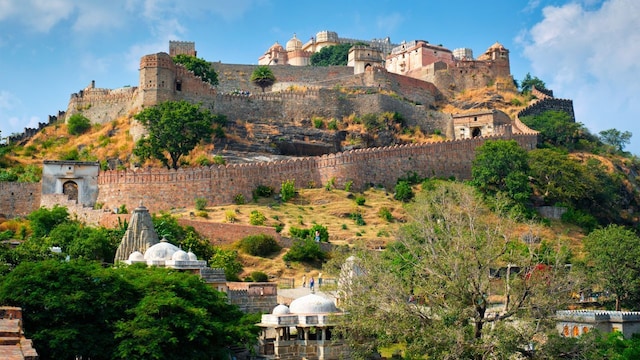
 4 / 7
4 / 74. Kumbhalgarh Fort, Rajasthan (Hill Forts of Rajasthan) | Famed as the “Great Wall of India,” Kumbhalgarh is the birthplace of Maharana Pratap, known for his unwavering stand against the Mughal Empire. His ideals of sovereignty and resilience resonated with the nationalist movement centuries later. (Image: Canva)
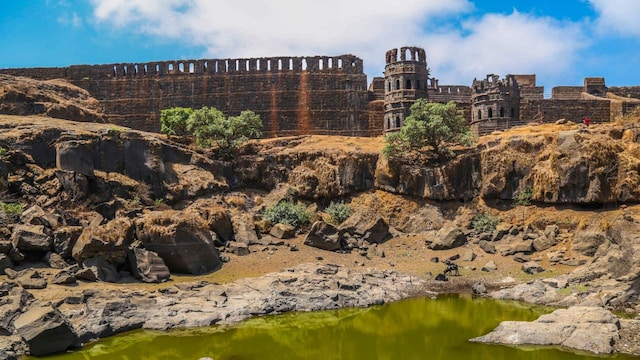
 5 / 7
5 / 75. Raigad Fort, Maharashtra (Maratha Military Landscapes) | Raigad served as the capital of the Maratha Empire and the coronation site of Chhatrapati Shivaji Maharaj. For many freedom fighters, it symbolised indigenous rule and self-reliance, ideals central to the fight against British rule.
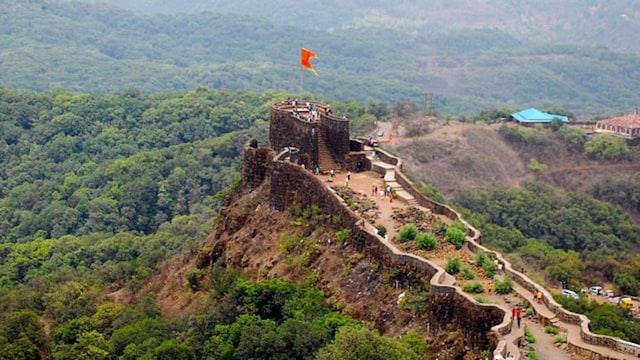
 6 / 7
6 / 76. Pratapgad Fort, Maharashtra (Maratha Military Landscapes) | Known for the 1659 battle where Shivaji Maharaj defeated Afzal Khan, Pratapgad became a legendary example of strategic resistance. Its historical significance inspired many revolutionaries during the colonial period. (Image: Wikimedia Commons)
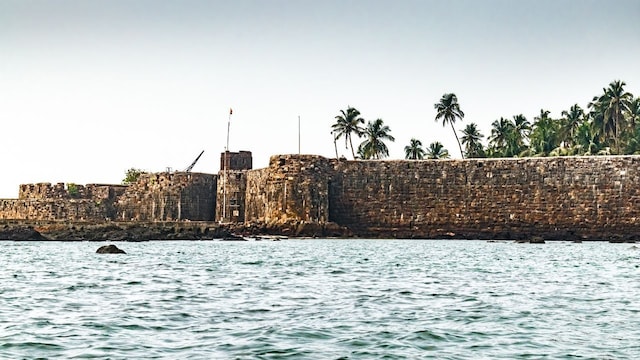
 7 / 7
7 / 77. Sindhudurg Fort, Maharashtra (Maratha Military Landscapes) | Built by Shivaji Maharaj to safeguard India’s coastline, Sindhudurg reflects a vision of maritime sovereignty. While it was not a major battlefield during British rule, its construction represented the self-reliance and strategic foresight valued by the freedom movement. (Image: Canva)


